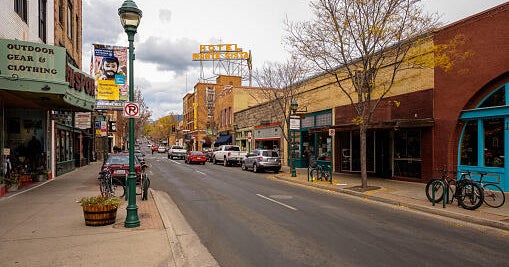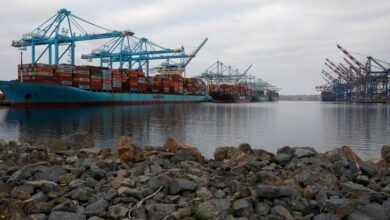What a slowdown in international travel could mean for America’s tourist hubs

Sault Ste. Marie, a small city in Michigan, thrives on its close connection to its larger neighbor, Ontario, Canada. The two cities are linked by the Sault Ste. Marie International Bridge, which sees thousands of vehicles crossing each month. This cross-border relationship has been a key driver of the local economy, with many residents having family on both sides of the border.
However, recent tensions between the U.S. and Canada, including trade wars, reports of detentions at the border, and threats of annexation, have led to a decline in Canadian visitors to Sault Ste. Marie. In April, passenger car traffic on the bridge was down by 44% compared to the previous year, impacting local businesses that rely on Canadian tourism.
The slowdown in international travel is not unique to Sault Ste. Marie. Across the U.S., there has been a 14% drop in international travel, with Canada seeing the largest decline at 20.2%. Factors contributing to this decline include stricter immigration policies, the strength of the U.S. dollar, and long visa wait times. The aggressive tariff policies implemented by the Trump administration have also deterred many travelers from visiting the U.S.
The economic impact of the decline in international travel is significant. Spending by international visitors to the U.S. is projected to decrease by 7% this year, leading to a loss of over 230,000 jobs in the tourism industry. In Sault Ste. Marie, hotel bookings are down by 77% year to date, raising concerns about potential layoffs in the community.
To offset the decline in international tourism, local communities like Flagstaff, Arizona, are focusing on attracting domestic travelers. Flagstaff has seen a 15% to 20% drop in international tourists, prompting efforts to promote local attractions and add direct flights to the area. Similarly, Sault Ste. Marie has shifted its focus to domestic tourists and halted advertising in Canada to allocate resources effectively.
While the future of international travel remains uncertain, communities are adapting to attract visitors from within the country. By diversifying their tourism strategies and focusing on domestic markets, cities like Sault Ste. Marie and Flagstaff hope to mitigate the economic impact of the decline in international tourism.





